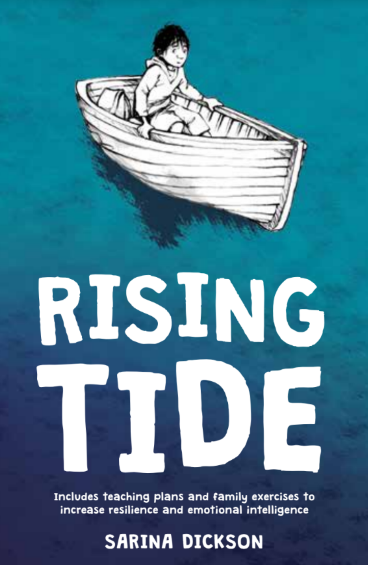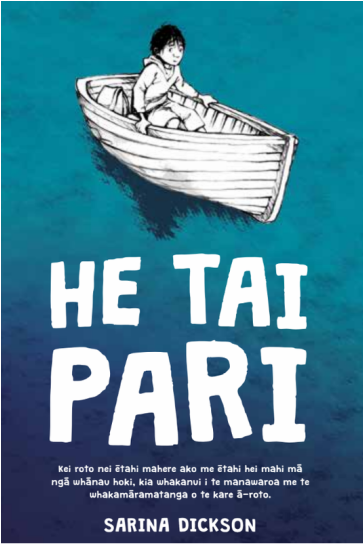Firstly; anxiety sits within systems of behaviour and relationships. We cannot not communicate, so when a child communicates something they are worried about to a parent, there will inevitably be some kind of response and this response can become part of a relationship pattern. For instance, if my child is worried about monsters under the bed, I cannot help but have a response to that. My response becomes part of the anxiety system around her. That system can determine whether anxiety is maintained or extinguished. So when I see anxiety in a child, I also look at the systems of relationships and behaviour that are around the symptom. How do people in the family respond to anxious behaviours? How is the anxiety maintained? How is it extinguished? Who else in the family exhibits anxiety? Is there an acceptable level of anxiety in this family?
Secondly; young children cannot manage anxiety alone. It is not “their anxiety”. As with any difficulty, parents need to be in charge of how anxiety is managed. Involving parents or caregivers in the management of anxiety is critical in my opinion, and much research would support this. Even if a parent has some anxiety themselves, having them in the room means that the effects that they may have on their child re modelling or through relationships, may be mitigated directly by the therapist. (See Negreiros and Miller 2014 for a thorough discussion of the role of parenting in childhood anxiety.
The therapist support resources for Rising Tide will be available online for free. Please use it as you see fit - it will obviously be changed by your own context, by the family and children that you see, by cultural and gender factors and many other influences. That is how it is meant to work - clinical judgement is a valid and useful part of our practice - we cannot just apply manualised treatments for example, without thought as to how the family will receive them, and how best to adjust them to suit. So, have fun with it and please, let us know how you have used it, what works and what doesn’t.
Written by Julie Burgess-Manning. Get in touch [email protected]



 RSS Feed
RSS Feed